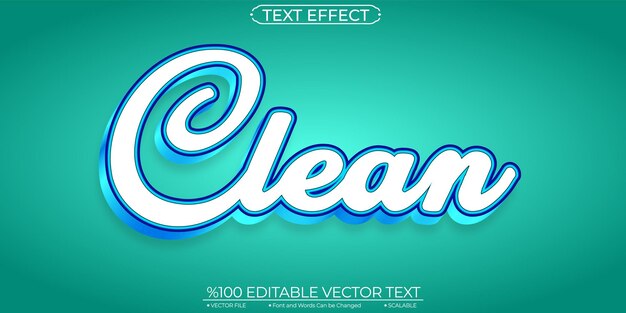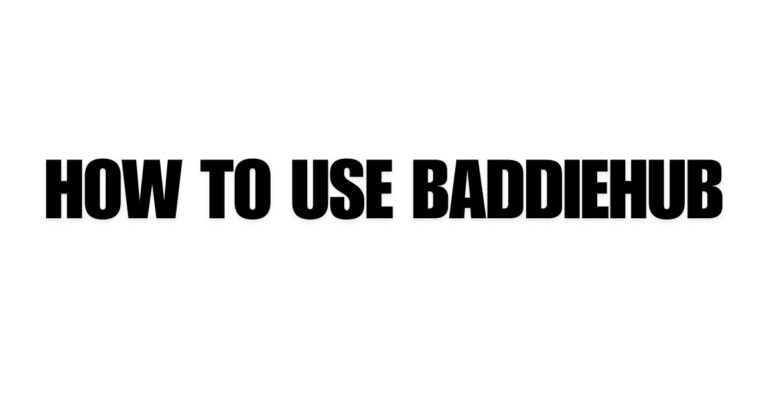Text Cleaner for Developers: Remove Special Characters & Spaces
In the realm of software development, writing clean and optimized code is a top priority. A critical aspect of this process involves handling and processing text data efficiently. For developers, cleaning and preparing text data is often an essential step when dealing with user input, external data, or performing any data manipulation tasks. One of the most common issues developers face is handling special characters and unnecessary spaces within strings, which can lead to errors, bugs, or inefficient data processing. This is where a text cleaner comes in handy.
A text cleaner is a tool designed to remove unwanted characters, white spaces, and formatting inconsistencies from text, making it easier for developers to work with. Whether you’re working on a web application, a data processing pipeline, or building an API, ensuring that the text data you use is free from extraneous characters and white spaces will help you maintain efficiency and reliability in your project.
Why Text Cleaning Is Important for Developers
In the world of development, text data is ubiquitous. From user-generated content like form inputs and comments to system-generated messages, a lot of the data that developers deal with is in text format. However, raw text can be filled with inconsistencies, unwanted characters, or excessive spaces that can lead to problems down the line.
Here are some reasons why developers should pay attention to text cleaning:
- Data Integrity: Special characters such as HTML tags, extra spaces, or non-printing characters can interfere with data processing. For example, when processing user input in a web form, unwanted characters can cause SQL injection vulnerabilities or break the logic of your application.
- Performance Optimization: Unnecessary spaces or characters can increase the processing time when manipulating strings. By using a text cleaner to remove these redundancies, you can reduce the overhead and improve the efficiency of your application.
- Preventing Errors: Special characters, such as control characters or non-ASCII symbols, can lead to parsing errors in many programming languages. A clean string ensures smooth handling and reduces the chances of exceptions or bugs in the system.
- Improving User Experience: Consistently cleaned text can enhance the user interface. For instance, extra spaces between words, HTML tags, or symbols in user-generated content may ruin the aesthetic or make the content hard to read.
To effectively clean up the text, developers can turn to a tool like a text cleaner. Such a tool helps automate this process and saves time by quickly removing unwanted characters, spaces, and formatting from strings.
What Is a Text Cleaner?
A text cleaner is a web-based tool, software, or script that performs a series of transformations on a string of text. It systematically removes unwanted elements such as:
- Extra spaces (leading, trailing, or multiple consecutive spaces)
- Special characters (e.g., @, #, $, %, &, *, etc.)
- HTML tags or markup
- Non-printing or control characters (e.g., newline, carriage return)
- Accents and diacritical marks
For developers, using such a tool can be a lifesaver, especially when they need to ensure that text inputs are sanitized or when they want to clean up large datasets. By automating the process, a text cleaner saves valuable development time and helps developers focus on building features and improving the overall application.
How a Text Cleaner Works
The core functionality of a text cleaner revolves around predefined operations that manipulate strings of text. These operations might include:
- Removing Extra Spaces: Extra spaces in a string can cause issues such as inconsistent formatting or parsing errors. A text cleaner will remove leading, trailing, or multiple consecutive spaces between words.
- Eliminating Special Characters: Unwanted special characters (such as &, $, %, and other punctuation) are often found in user input or data from external sources. These characters can create problems during processing, particularly in databases or when preparing text for display on a website. A text cleaner removes these characters to leave behind only the relevant alphanumeric content.
- Stripping HTML Tags: If your application is dealing with user-generated content from websites or forms, you may encounter HTML tags in the input. These tags can be problematic when displaying content on your site or processing the data. A text cleaner strips these tags to leave behind only the plain text.
- Normalizing Text: In some cases, text may be written in multiple formats, such as different encodings or with varying spacing. A text cleaner standardizes the text into a uniform format, which is easier to work with and more consistent across different data sets.
By combining these functionalities, a text cleaner automates text preprocessing, helping developers quickly and efficiently clean up the text before it enters the system.
Benefits of Using a Text Cleaner
Here are some notable benefits that developers can gain from using a text cleaner:
- Time-Saving: Text cleaning can be a tedious and repetitive task if done manually. By using an automated tool, developers can save time and focus on more complex aspects of their projects.
- Error-Free Code: Clean text reduces the risk of errors due to malformed data or unwanted characters. For instance, HTML tags, extra spaces, or invalid symbols can throw off regular expression matching, string parsing, and data storage.
- Data Consistency: When working with large sets of text data, such as from different users or external sources, ensuring consistency is key. A text cleaner ensures that the text is formatted consistently, making it easier to manipulate and analyze.
- Enhanced Readability: Clean, well-formatted text improves readability for both developers and end users. Removing unnecessary characters and spaces makes the content more legible, especially when it’s displayed on websites or applications.
How to Use a Text Cleaner
Using a text cleaner is typically simple and straightforward. For instance, you can visit a website like TextCleaner.com to access a web-based tool. Once on the website, follow these general steps:
- Copy and Paste: Copy the text you want to clean and paste it into the input box on the text cleaner’s interface.
- Select Options: Choose the types of cleaning actions you want to perform, such as removing extra spaces, special characters, or HTML tags.
- Click “Clean”: After setting the parameters, click the “Clean” button to let the tool automatically process the text.
- Download or Copy: Once the text is cleaned, you can copy it to your clipboard or download it in a desired format.
Using tools like TextCleaner.com makes it easy for developers to clean and prepare text data for use in their applications, ensuring that the data is structured, well-formatted, and error-free.
Conclusion
A text cleaner is an essential tool for developers looking to process and sanitize text data efficiently. Whether you’re dealing with user inputs, external APIs, or large datasets, using a text cleaner can help you remove unwanted characters and spaces, prevent errors, and improve performance. By integrating such tools into your development process, you can ensure that your text data is clean, consistent, and ready for use. In a fast-paced development environment, these tools save valuable time and reduce the risk of issues caused by poorly formatted text. So, the next time you encounter messy text data, consider using a text cleaner to simplify the process and streamline your workflow.





